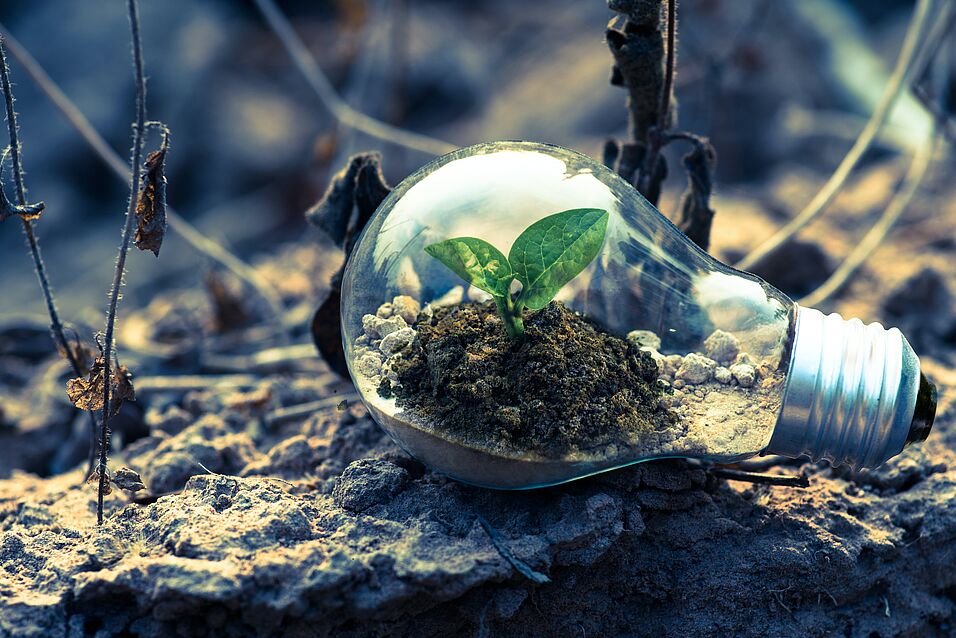This project therefore aims at providing crucial information on W solubility, speciation and partitioning in soils governed by important soil chemical properties like pH. Considering the chemical similarity of W and Mo, an essential micronutrient involved in the plant N cycle, we will also explore W uptake and partitioning within the plant and the effect of elevated W concentrations on plant biomass production, N assimilation, symbiontic N2 fixation and on plant metabolic reactions. By combining conventional techniques with novel methods and high-end analytical tools (NanoSIMS, LA-ICP-MS) this project will deliver completely new insights into the behaviour of W in natural systems and provide valuable information on W fluxes in the plant-soil environment.
Funded by the FWF - Austrian Science Fund, Project Nr P25942-N28.
Collaboration with:
- Markus Puschenreiter and Walter Wenzel (BOKU)
- Stefanie Wienkoop (MOSYS)
Investigated by:
- Eva Oburger
- Julian Preiner
- Carolina Vergara Cid
- Daniel Schwertberger
- Andreas Richter


